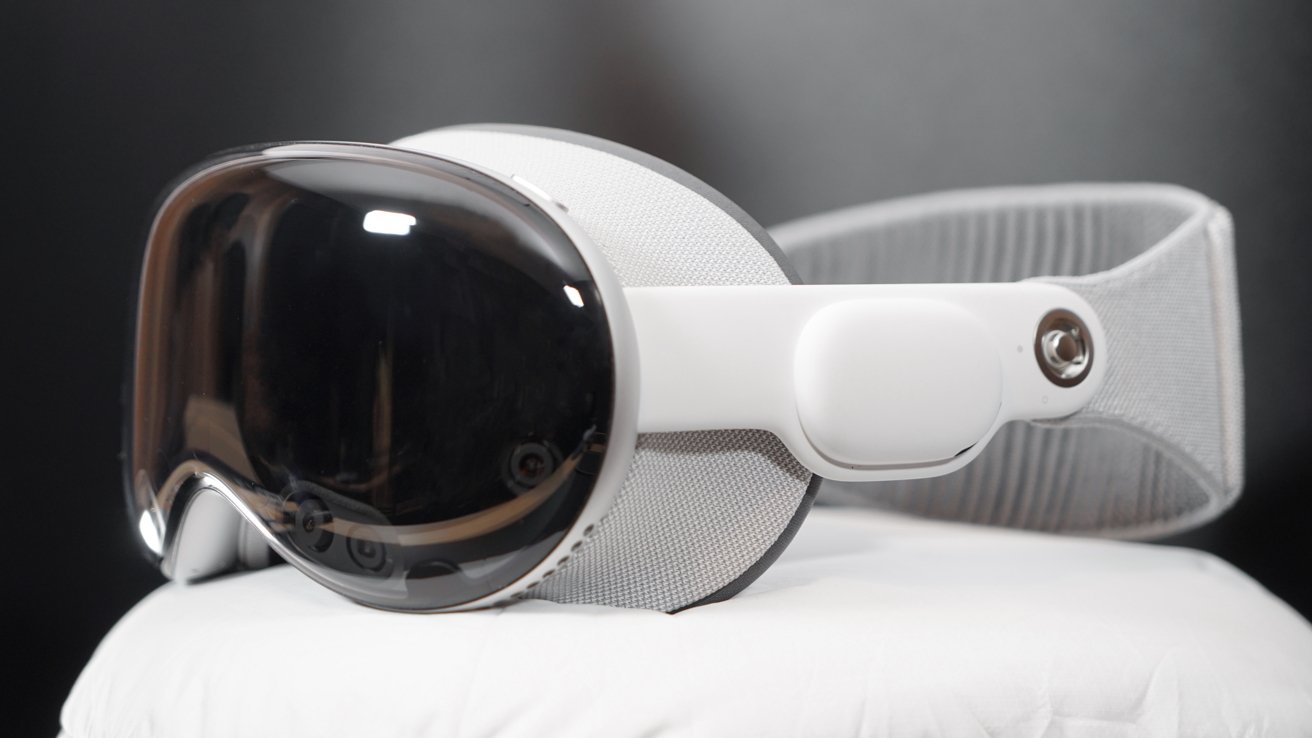www.computerworld.com
Intel CEO Pat Gelsinger retired Sunday, after more than 40 years in the industry.The company quickly named two interim co-CEOs to hold the fort while it searches for a long-term replacement.The two co-CEOS are David Zinsner, who currently serves as CFO, and Michelle Johnston Holthaus, who, in addition to her existing responsibility for the companys client computing group (CCG), now takes on the data center and AI group and the network and edge group in the newly created role of CEO of Intel Products.Gelsinger was told to retire or be removed, according to a news report by Bloomberg.However, Intel Board Chairman Frank Yeary spoke kindly of Gelsinger in a statement announcing his retirement. Gelsinger spent his formative years at Intel, then returned at a critical time for the company in 2021. As a leader, Pat helped launch and revitalize process manufacturing by investing in state-of-the-art semiconductor manufacturing, while working tirelessly to drive innovation throughout the company, he said.He went on to say that while the company has made significant progress in regaining manufacturing competitiveness and building the capabilities to be a world-class foundry, we know that we have much more work to do at the company and are committed to restoring investor confidence.The honor of my lifetimeIn a brief statement accompanying the announcement of his retirement, Gelsinger said, Leading Intel has been the honor of my lifetime this group of people is among the best and the brightest in the business, and Im honored to call each and every one a colleague. Today is, of course, bittersweet as this company has been my life for the bulk of my working career. I can look back with pride at all that we have accomplished together.It has been a challenging year for all of us as we have made tough but necessary decisions to position Intel for the current market dynamics. I am forever grateful for the many colleagues around the world who I have worked with as part of the Intel family.Not unexpectedAnshel Sag, principal analyst at Moor Insights & Strategy, said Monday he had been expecting this kind of announcement, primarily because Gelsinger has already spent a lot of time and energy turning the company around. While this announcement seems abrupt, and it is, we probably wont know the root cause for a while.That said, he added, Gelsinger and the board have clearly put the right people in place for success in the future, as Johnson Holthaus is the right pick for products CEO and the right person to help guide the company into the future. I have spoken with her extensively and shes very candid and honest, and knows what needs to be fixed within the company, and it shows, with CCG keeping the company afloat.Intel, said Sag, has been through a lot in the last few years, but they have some very promising products launching over the next 12 months that I believe could help the company turn a corner. Lunar Lake has been a success, with limited profitability due to a heavy dependency on TSMC, which should change with Panther Lake.Patrick Moorhead, chief analyst with the research firm, said, as we dont have full information on Pats departure, were left with speculation on what happened.Judging by the timing with no whisper reason, the split was sudden and unplanned.He said potential scenarios on what prompted the resignation include:The board demanded to split the company up between design and foundry and Pat didnt want to stick around.There was a product or process schedule slip on an important product, lets say for the data center.The board wants to sell part of the company off and Pat didnt agree. I find this unlikely as it would face intense regulatory approval scrutiny globally.There was a significant, sudden loss of a major customers market share.John Annand, practice lead at Info-Tech Research Group, said the resignation and Bloombergs news report should come as no surprise. A twinge of regret, perhaps, and a grudging acknowledgment that what it takes to run a multinational technology company these days is business acumen, not necessarily technological talent.Intels stock price, he said, is about 50% off its 52-week high and 60% lower than it was when he took over; Pat finally ran out of chances. Again and again, (he) packaged up all the bad news and presented it as a necessary but one-time hit for the greater plan to go forward. The problem was that he started giving this speech in February of 2021 and continued right through into Octobers guidance, announcing billions in non-cash charges impacting Intels results.Jack Gold, president and principal analyst at J. Gold Associates, agreed, noting that this is a major realignment for Intel Corporation that shows that the board of directors was not happy with the style or substance of Gelsingers continued leadership, nor are they pleased with the slower, more challenging turnaround resulting in the recent poor revenues and losses. BODs [boards of directors] driven by Wall Street are usually pretty impatient with reduced revenues and losses, he said. I dont think that Pat Gelsinger did a bad job of kicking some butt to get Intel out of its complacency, which it had been in for many years before his arrival. And that was a good thing. But its taken far longer to get the ship sailing in the right direction and after 3+ years or so of trying, I think the BOD just wanted more success, so finally it just said we need to change direction and let him go.Foundry business importance increasesForrester Senior Analyst Alvin Nguyen said Gelsingers departure increases the importance of the Foundry business to the future success of Intel:. (Its) investment in it and its importance to bringing back product manufacturing in-house cannot be overstated, he said. There is huge risk in terms of the Foundry technology not panning out (see Samsungs efforts in the US with 2nm as an example), but getting a technological advantage here would help drive more business, and not just their own.Sag agreed, noting that while it remains unclear how Intel Foundry Services( IFS) will continue to be part of the company, he believes it will be a critical component of the companys future success and I dont expect that it will be fully spun out, however that could have been a point of contention with Pat, who recently said that Foundry would remain a subsidiary.Nguyen, however, has a number of concerns. He is waiting to see whether Intel receives the expected CHIPS Act funding and other government assistance to defray the enormous investments necessary to regain a technological lead, since it had mentioned not having received any to this point. He is also watching to see how the incoming administration will address the semiconductor industry, and what that will mean for Intel and others.Other areas Nguyen said he is keeping an eye on include:Data center products growth, especially in AI, with Nvidia and now AMD show Intel falling behind in a rapidly growing market. Their data center CPUs are now behind AMDs offerings, but the new Xeon 6 release following AMDs latest processors is an opportunity to gain back some thought leadership and market share.How Gaudi 3 acceptance grows AMD has been able to gain some market share from Nvidia, however minor it may seem, so we need to see the same from Intel.If the Xeon 6 acceptance can stem the tide with AMD on the data center CPU market. Will NPU capabilities and their AI everywhere strategy help?Pats final giftDespite the turmoil, Annand said that the resignation will probably not impact the average enterprise that is buying IT equipment. Intel has Justin Hotard (former HPE chief of high performance computing) leading the Data Center and AI Group and Naga Chandrasekaran (former Micron CVP of product development) as EVP and GM of Intel Foundry, he noted. They are experienced technologists who have a track record of executing the plan.This, he said might be Pats final gift to Intel, a high-profile departure of a favored son who takes all investor angst and unrealistic comparisons to a world 20 years ago with him as he leaves, leaving only his vision for the future.Gelsinger, Annand said, may not have been a founder like Sergey Brin, or Ellison, Gates, or Moore, but he was a technology luminary who made these ideas come to life. Technology companies today seem to need and reward a different kind of leader, but I hope Pat enjoys his retirement hes earned it.Whats nextNow that Gelsinger has retired, Annand said, hopefully, what will follow is the board finding a team-focused CEO who will work with the bright stars already on the Intel roster. Or maybe Broadcom will just buy them! We certainly have a playbook of how that could all fall out. Third parties have thus far seemed hesitant, given the legal complexities that come with buying Intel, but those are all business problems the new Intel CEO will have to solve.However, Gold is dubious about Annands hoped-for happy ending, saying that he thinks the decision to oust the CEO was the culmination of many events over time, which, he said, means that Intels direction and planning under Gelsinger may not remain in place, even though I believe he has put Intel on the right track to succeed. Overall, this is an indication that Intels recovery may take longer than expected.












